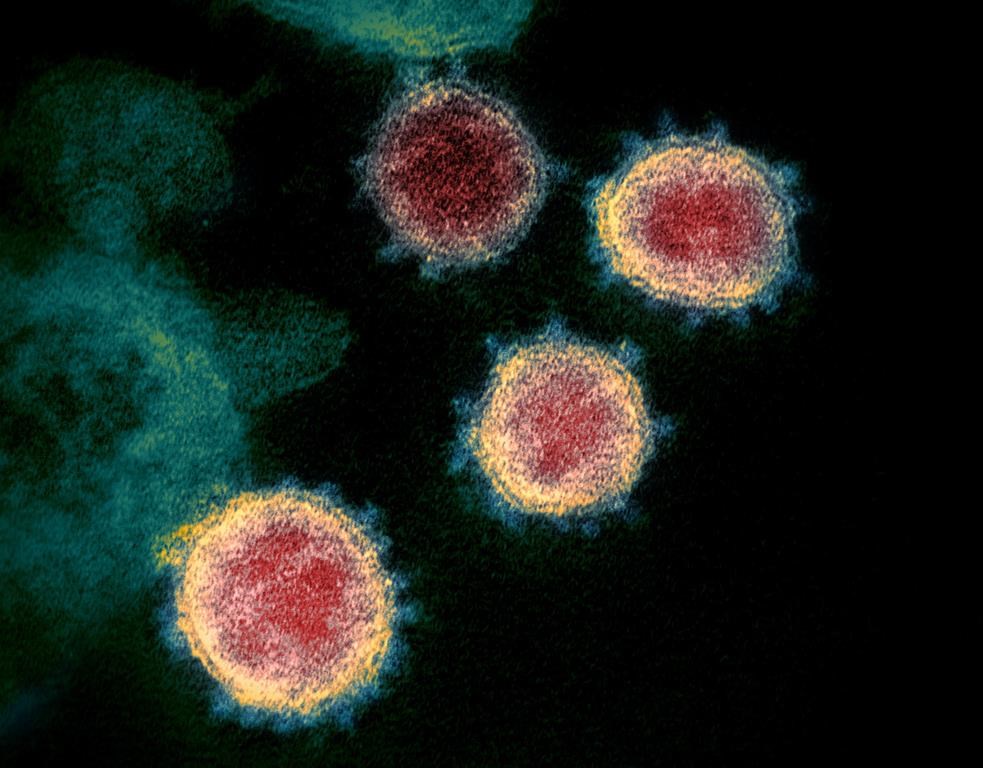The latest COVID-19 wastewater numbers show the amount of virus in two cities remains relatively unchanged and decreased in a third.

But they also show the more transmissible BA.2 strain of the Omicron variant is spreading.
The new strain now accounts for 70 per cent of all detected COVID-19 RNA in North Battleford wastewater, up from just below 50 per cent the week prior.
In Saskatoon, BA.2 accounts for 42.5 per cent, up from 19 per cent.
And in Prince Albert BA.2 now makes up 13.6 per cent of detected COVID samples, which increased from around five per cent.
Almost all of the remaining detected virus in Prince Albert and North Battleford is BA.1, the original Omicron strain.
A little more than 15 per cent of the virus RNA in Saskatoon’s wastewater is neither BA.2 or BA.1.
Toxicologist John Giesy, who runs the University of Saskatchewan Global Institute for Water Security, which measures the amounts in the three cities, said it’s likely Alpha or Delta, though he couldn’t be sure.
He also couldn’t say how the strain may affect Saskatchewan residents and hospitals, because the lack of timely government data and public health orders, combined with a largely vaccinated population, makes it harder to determine patterns.
The new strain caused another wave of infections and hospitalizations in Denmark. Giesy said he previously didn’t think that would happen in Canada and Saskatchewan.
“But with this (data showing the numbers stayed relatively high)… it might,” he said.
“So we might get another bump with the BA.2.”
The overall amount of the virus remained relatively unchanged in two of the three cities.
The data shows the quantity of the virus increased by 7.5 per cent in Prince Albert and by 5.4 per cent in Saskatoon, respectively.
The quantity decreased 34.4 per cent in North Battleford.
Giesy said the numbers in Prince Albert and Saskatoon had decreased but then plateaued.
“(The amount) is a third of what it was at the peak in this wave, but it’s about the same as the highest in the previous waves,” he said.
He said the overall total remains very high.
“I didn’t want people to think, ‘Oh, it’s coming down, everything’s fine,’ because (there are) still a lot of infected people in Saskatoon.”






Comments